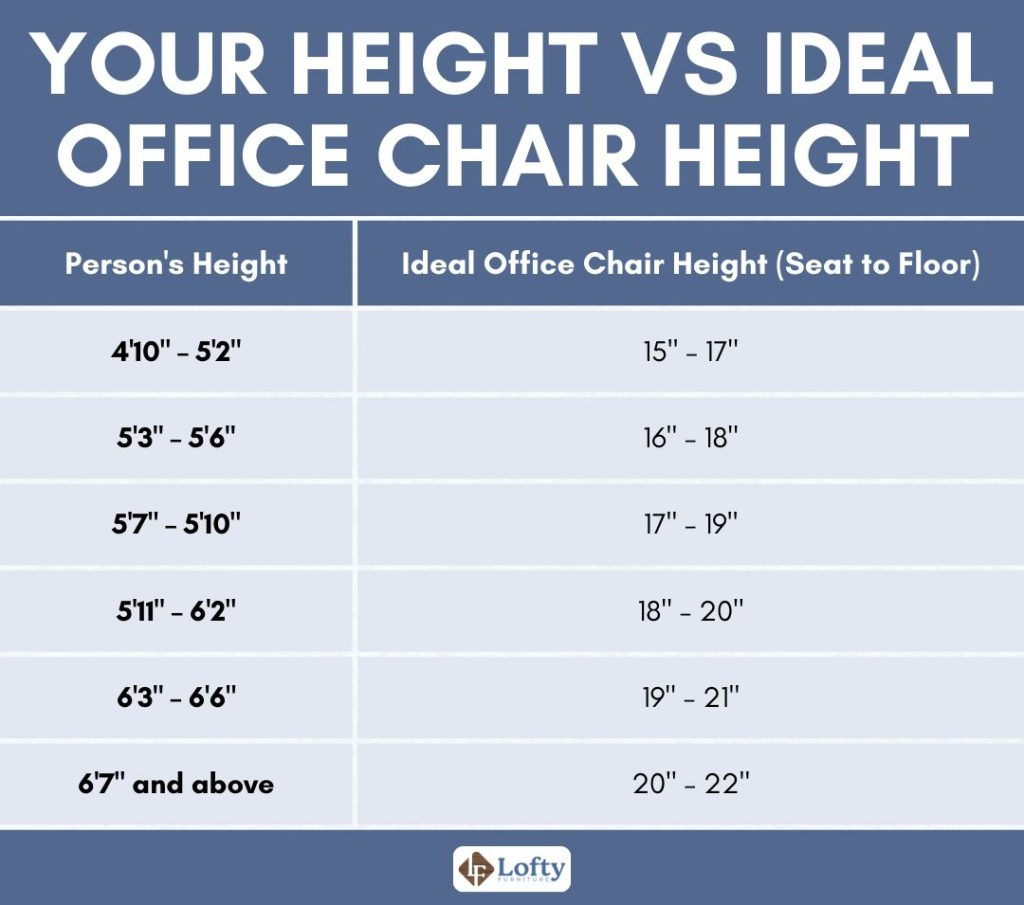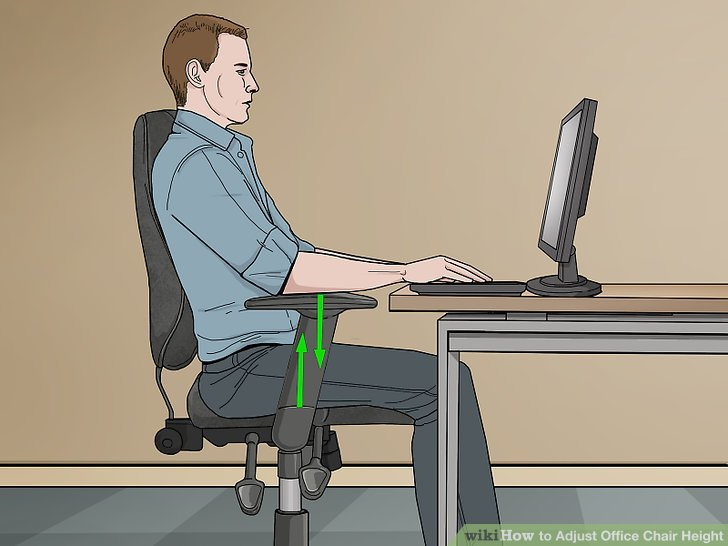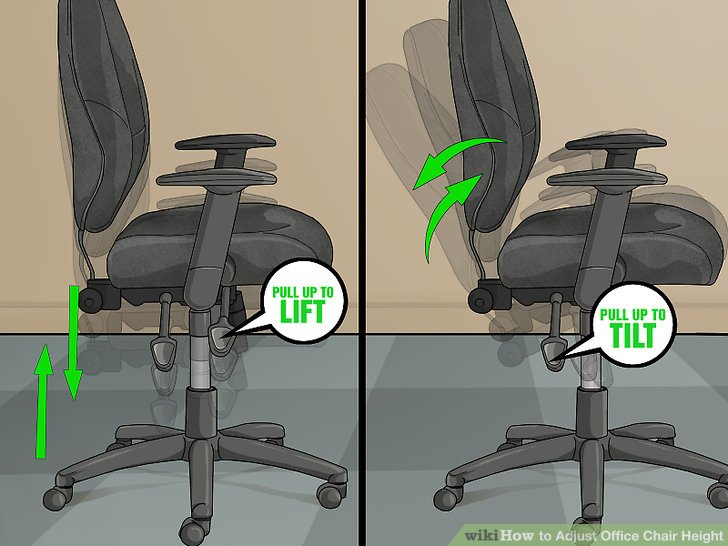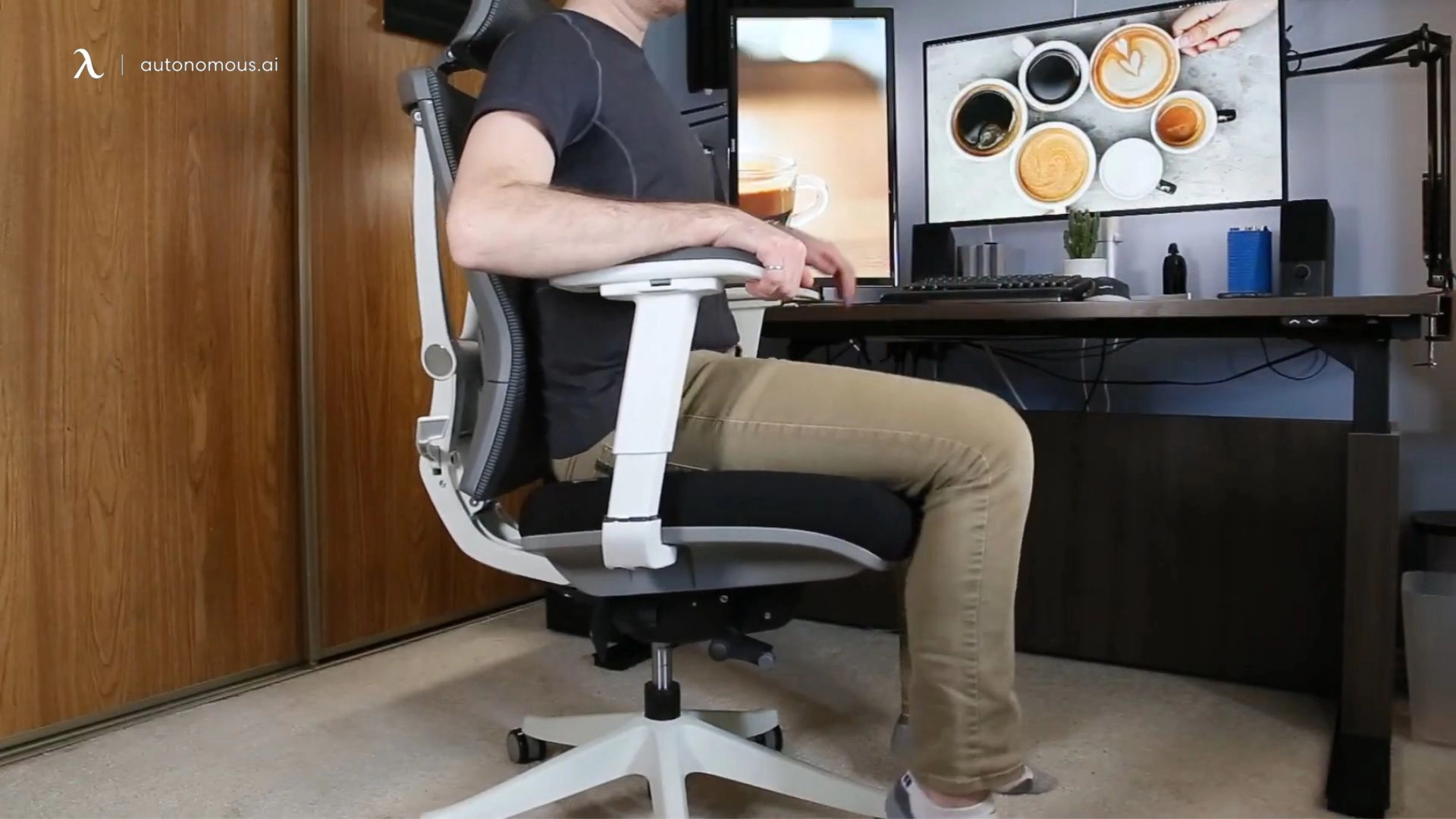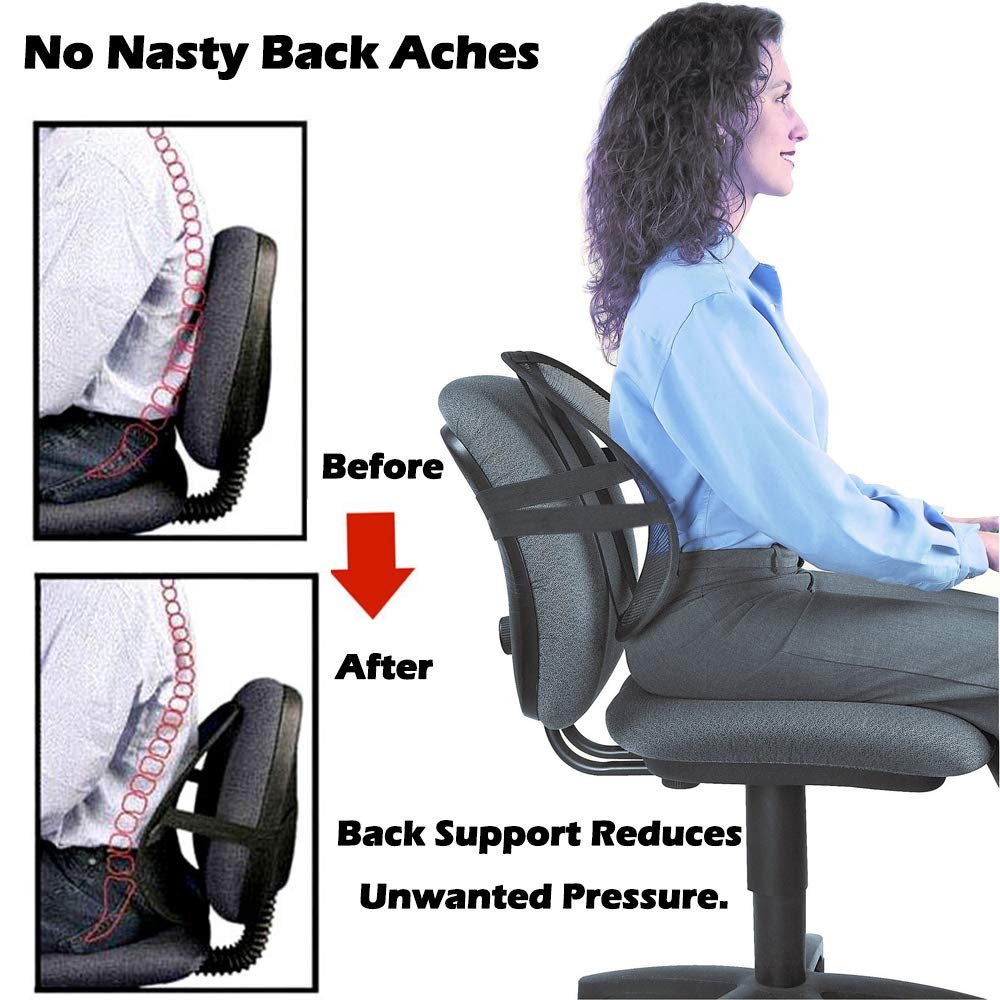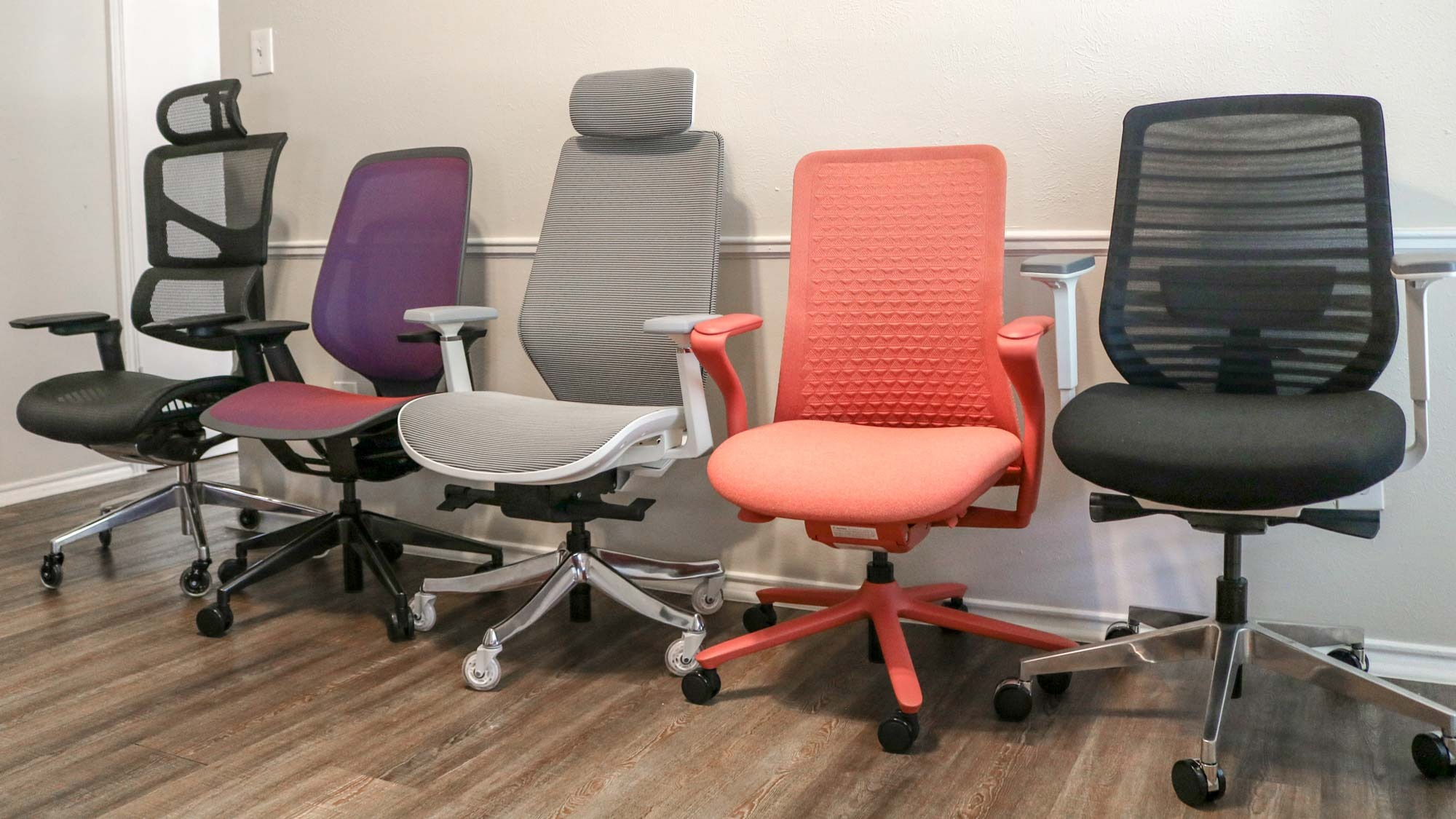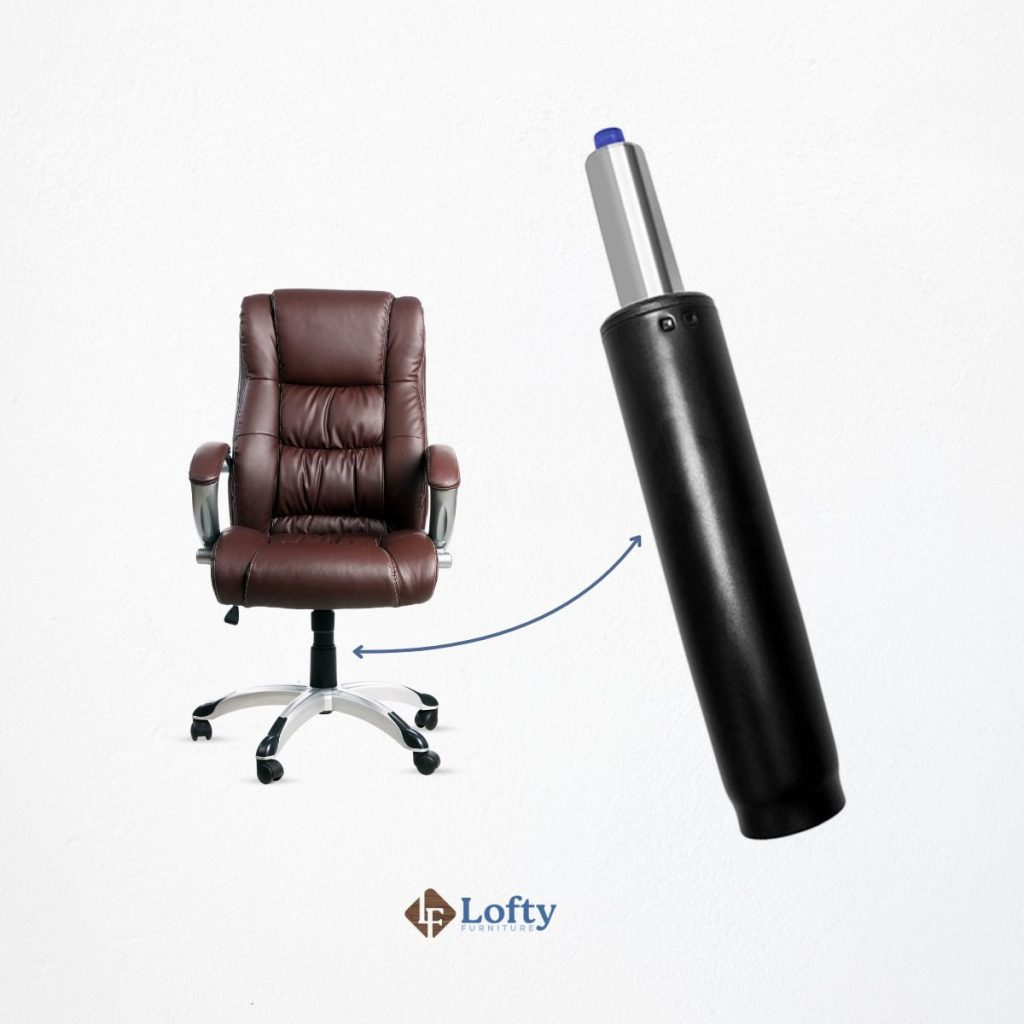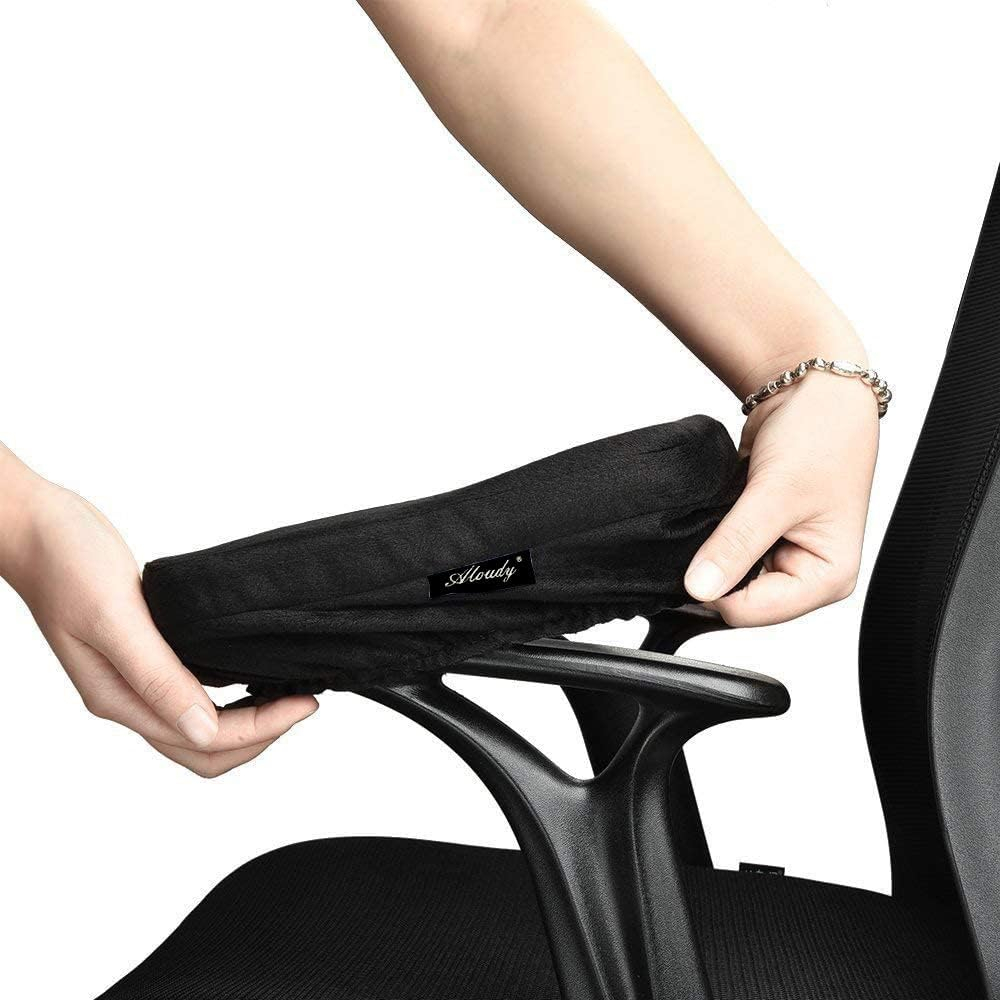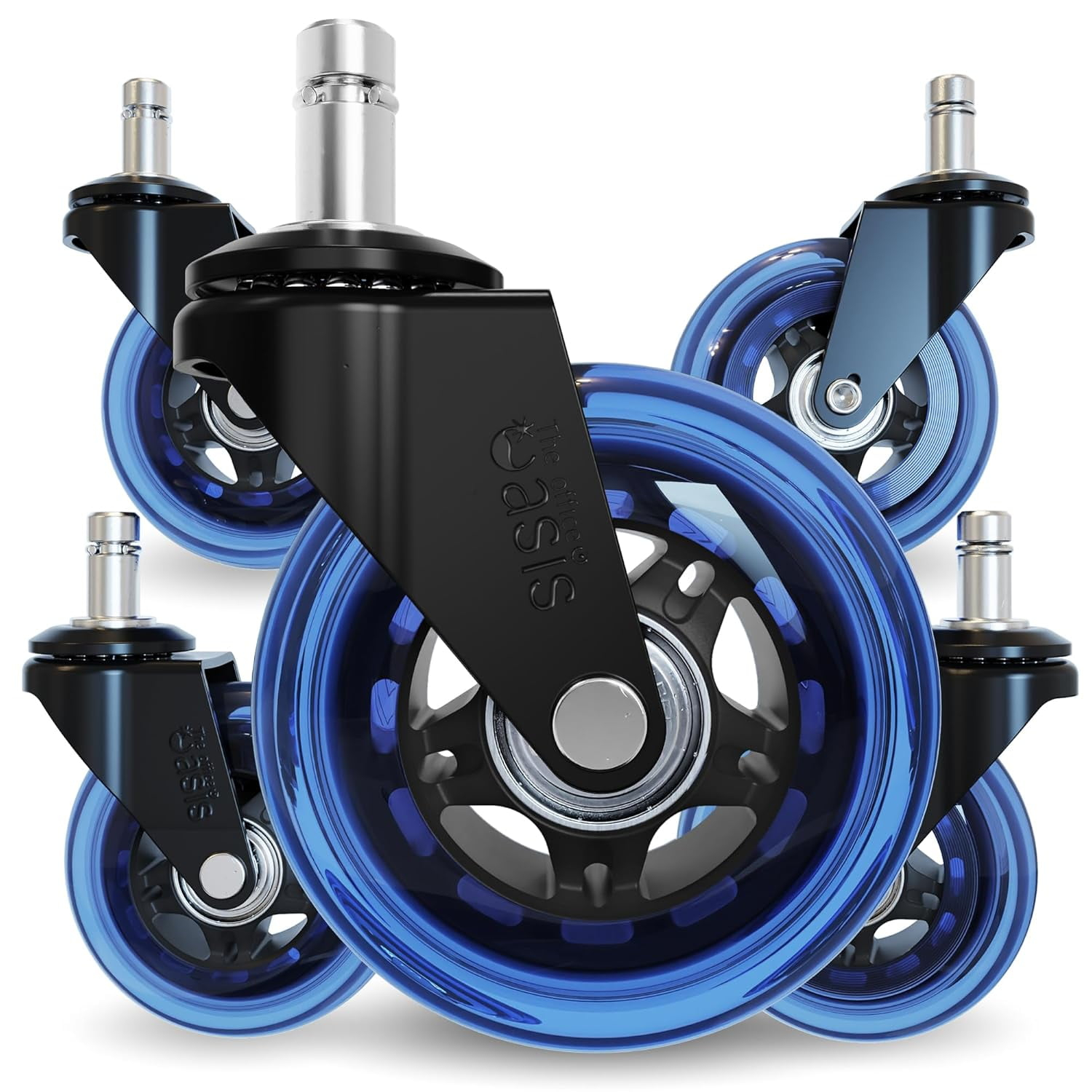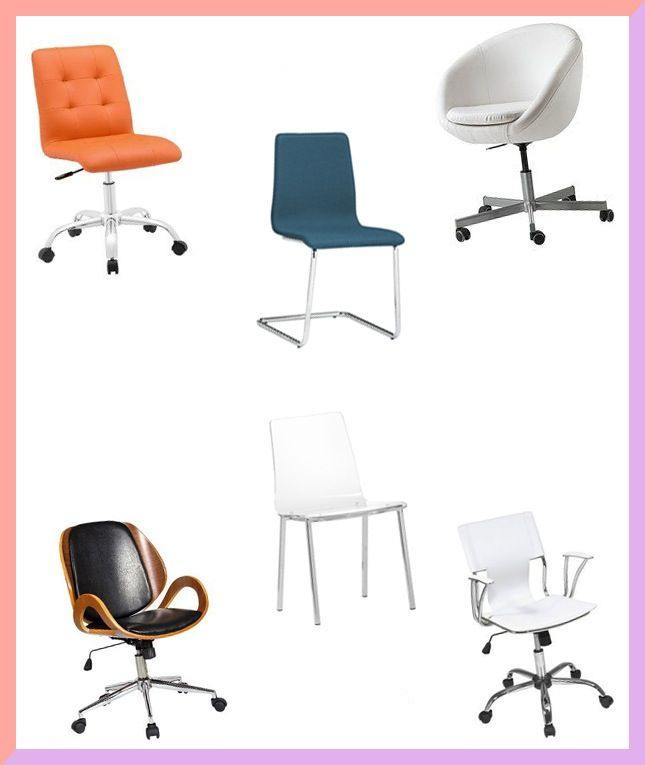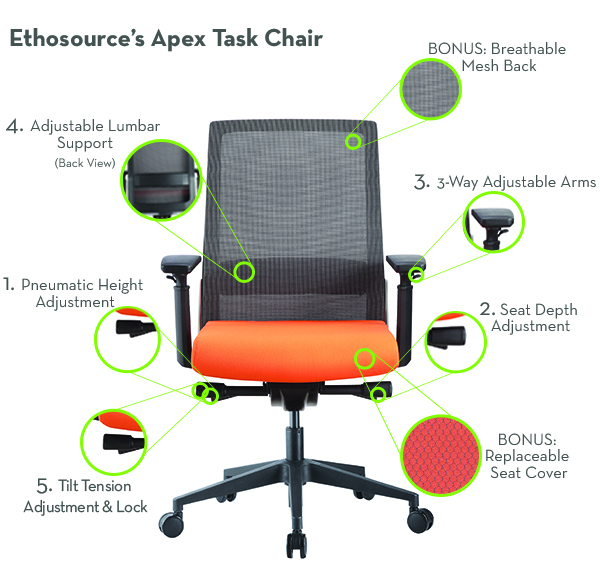We’ve all been there, right? Slumped over a desk, legs dangling or crammed uncomfortably, trying to get work done. It’s amazing how something as seemingly simple as the height of your office chair can have such a massive impact on your day. But don’t worry, you’re not stuck with a chair that feels like a torture device. There are straightforward ways to tackle these common height dilemmas and find that sweet spot of ergonomic bliss.
The quest for a comfortable and productive workday often hinges on the details, and the height of your office chair is a big one. When your chair is too high or too low, it doesn’t just feel awkward; it can lead to a cascade of physical complaints – think stiff necks, aching backs, and even wrist pain. But what if your chair’s adjustment lever is stuck, or it just doesn’t go low enough? Or perhaps you’re tall and feel like you’re sitting on the floor? This isn’t just about personal preference; it’s about setting yourself up for success, physically and mentally. Let’s dive into how we can solve these everyday office chair height predicaments and unlock a more comfortable you.
The Too-High Trap: When Your Feet Can’t Reach
It’s a common annoyance: you lower your chair as much as possible, and your feet still don’t quite rest flat on the floor. This often leaves you with your thighs angled upwards, putting pressure on the back of your knees and promoting poor posture. It can feel like you’re constantly trying to find stability. What’s the fix?
- Footrests are Your Friend: A simple footrest can make a world of difference. It elevates your feet to the correct height, allowing your thighs to be parallel to the floor and your feet to be supported. Look for one with adjustable height and tilt to customize it to your needs. It’s a small investment for a big comfort gain.
- Check the Chair’s Gas Lift: Sometimes, the issue isn’t that the chair doesn’t go low enough, but that the gas lift cylinder might be at its maximum extension. If your chair is adjustable, ensure you’re using the lever correctly. For some chairs, there might be a secondary adjustment or a way to limit the maximum height, but that’s less common for lowering it.
- Consider a Lower Gas Lift: If you have a standard office chair and are consistently finding it too high even at its lowest setting, you might consider purchasing a shorter gas lift cylinder. These are relatively inexpensive and can be swapped out with basic tools. This is a great solution if you’re on the shorter side or have a desk that’s lower than average.
- Desk Height Matters: Is your desk too low? If your desk is unusually low, it might make even a properly adjusted chair feel too high. In such cases, raising the desk (if possible) or using a monitor stand to bring your screen to eye level can help rebalance your ergonomic setup.
The Too-Low Problem: Feeling Cramped and Compressed
On the flip side, what if your chair simply won’t go high enough? You might find yourself hunched over your keyboard, your elbows higher than your wrists, and your shoulders creeping up towards your ears. This is a recipe for neck and shoulder strain. It can make typing feel strenuous and generally uncomfortable.
- Raising the Chair: The most obvious solution is to raise the chair using its adjustment lever. Ensure you’re pulling the lever up fully and allowing the gas lift to smoothly extend the chair. Sometimes, you might need to lift your weight slightly off the chair as you pull the lever to help it extend.
- Chair Risers or Blocks: If your chair’s gas lift has reached its maximum height and it’s still too low, you can use chair risers. These are typically sturdy plastic or metal attachments that fit onto the base of the chair’s cylinder, effectively adding a few inches to its height. They’re a cost-effective way to gain that extra elevation.
- Inspect the Gas Lift: It’s possible the gas lift cylinder is malfunctioning and has lost its ability to hold its height or extend properly. If your chair sinks unexpectedly or feels wobbly, the cylinder might need replacing. Replacing a gas lift is a common DIY fix for many office chairs.
- Adjust Your Workstation: If the chair itself can’t be raised sufficiently, consider if other elements of your workstation can be adjusted. Raising your monitor with a stand or a riser can help bring your screen to eye level, reducing the need to crane your neck down. You might also need to evaluate if your desk itself is at an appropriate height for your stature. Sometimes, adjusting the desk is the more practical solution.
The Art of Proper Chair Height: Finding Your Ergonomic Sweet Spot
So, what’s the magic formula for the ‘right’ chair height? It’s all about achieving a neutral posture, which protects your body from strain and promotes good circulation. Here’s how to tell if you’re dialed in:
- Feet Flat on the Floor: Your feet should rest comfortably flat on the floor, or on a footrest if needed. Your knees should be at roughly a 90-degree angle, or slightly lower than your hips.
- Thighs Parallel: Your thighs should be parallel to the floor. This allows for even weight distribution and prevents pressure on the back of your knees.
- Elbows at 90 Degrees: When your arms are relaxed at your sides, your elbows should be bent at approximately a 90-degree angle when typing. Your wrists should be straight and in a neutral position, not angled up or down.
- Eye Level with Screen: The top of your monitor should be at or slightly below eye level. This prevents you from tilting your head up or down, which can strain your neck.
Achieving this balance ensures your body is supported, your muscles are relaxed, and you can work comfortably for longer periods. It’s about creating an environment where your chair works for you, not against you.
Common Chair Height Issues and Quick Fixes
Let’s break down some typical scenarios and their immediate remedies:
- Problem: Chair sinks when you sit down.
- Fix: The gas lift cylinder may be failing. Try tightening any visible screws or bolts at the base. If that doesn’t work, cylinder replacement is likely needed.
- Problem: Lever doesn’t raise or lower the chair.
- Fix: Ensure you’re pulling the lever correctly and that there isn’t debris obstructing its movement. If it’s still unresponsive, the mechanism might be damaged and require repair or replacement.
- Problem: Chair is too wobbly.
- Fix: Check that the base (where the wheels attach to the cylinder) is secure. Tighten any loose bolts. A wobbly chair can be a sign of a worn-out cylinder or a damaged base.
- Problem: Seat height is fixed.
- Fix: Some older or very basic chairs might not have adjustable height. In this case, you’ll need to rely on external solutions like footrests or chair risers, or consider upgrading to a more ergonomic chair.
Beyond Height: Other Ergonomic Considerations
While chair height is crucial, it’s just one piece of the ergonomic puzzle. To truly optimize your comfort and well-being at your desk, consider these other factors:
- Lumbar Support: Does your chair offer good support for the natural curve of your lower back? If not, a lumbar support pillow or cushion can be a lifesaver.
- Armrests: Armrests should be at a height that allows your shoulders to remain relaxed, with your elbows at that 90-degree angle. If they’re too high or too low, it’s better to adjust or even remove them.
- Seat Depth: Ensure there’s a small gap (about two to three finger-widths) between the back of your knees and the edge of the seat. If the seat is too deep, you might need a lumbar cushion to push you forward slightly.
- Movement: Even with the perfect chair height, sitting in one position for too long isn’t ideal. Remember to take regular breaks to stand up, stretch, and move around. Aim for a micro-break every 20-30 minutes and a longer break every hour.
- Keyboard and Mouse Placement: Make sure your keyboard and mouse are positioned so you can maintain those neutral wrist and elbow positions without reaching or straining.
When to Consider a New Chair
Sometimes, despite your best efforts, a chair is just fundamentally not the right fit for you or has reached the end of its useful life. If you’ve tried various adjustments and accessories and are still experiencing significant discomfort, it might be time to invest in a new ergonomic office chair. Look for chairs that offer:
- Adjustable Seat Height: This is non-negotiable.
- Adjustable Lumbar Support: For tailored back comfort.
- Adjustable Armrests: For optimal shoulder and arm positioning.
- Adjustable Seat Depth and Tilt: To accommodate different body types and preferences.
- Breathable and Comfortable Upholstery: For long-term comfort.
While a good ergonomic chair can be an investment, think of it as an investment in your health and productivity. The relief from chronic discomfort and the boost in your ability to focus can be well worth the cost. Don’t hesitate to try out chairs in person if possible before buying, and read reviews to find models known for their adjustability and comfort.
Finding the right office chair height is more than just a matter of preference; it’s a fundamental step towards a healthier and more productive workday. Whether your chair is too high, too low, or just not cooperating, there are usually practical solutions. From simple additions like footrests and risers to understanding the mechanics of your chair and knowing when it’s time for an upgrade, you have the power to transform your seating experience. Prioritize your comfort, listen to your body, and adjust your workspace accordingly. A little attention to detail can make a world of difference in how you feel and perform, day in and day out.

